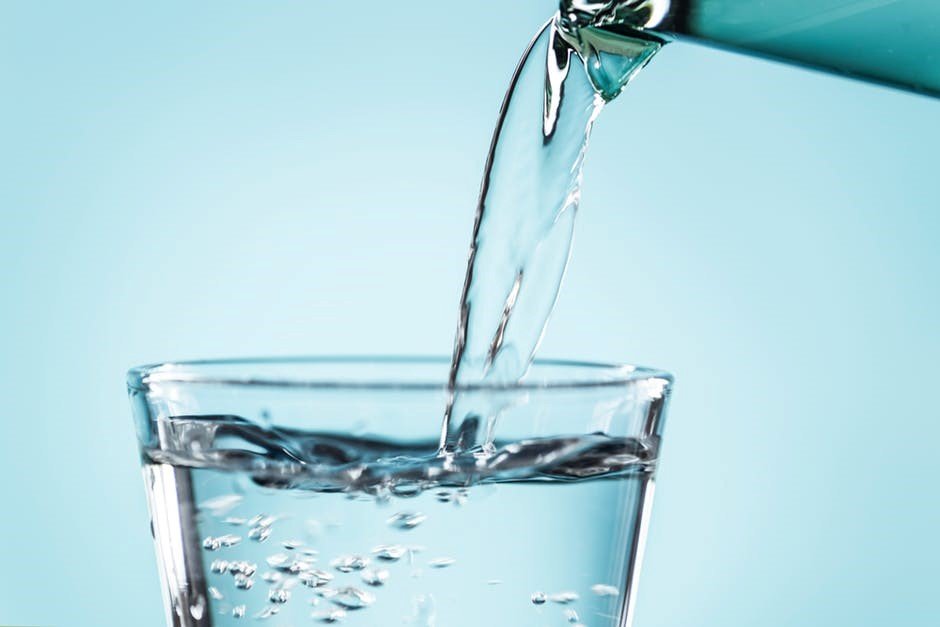Table of Contents Show
At least one in four people in the US drinks potentially unsafe water. That’s water from supply systems that have some form of Safe Drinking Water Act violation.
Granted, the US has among the safest, drinking water supplies in the world. However, the fact remains that the country’s drinking water infrastructure has aged to the point that every year, it suffers up to 240,000 main water breaks.
Those figures alone would make anyone want to drink filtered water vs tap water.

The big question is, does filtering water really make it safer to drink compared to tap? What exactly does “filtered” water means in the first place? Is it always the “best” kind of water you and the fam should be drinking?
We’ll get all these burning questions answered in this post, so be sure to stick around!
Read Also:
What Is Tap Water?
Tap water is water that flows out of any tap. The water itself can be from a public water supply, which is the case for 90% of Americans. As for those who don’t use public water systems, their tap water comes from private water wells.
So, is tap water filtered in the US? If the water is from a public system, then on some level, yes. It also goes through some form of purification and treatment.
For instance, it goes through sedimentation to get rid of larger debris like sand and silt. It then goes through a filtering step to remove other potential contaminants. The treatment facility then adds chemical disinfectants like chlorine, ammonia, or chloramine.
All these steps make public water supplies cleaner and safer for consumption.
There are still some risks though since along the way, the water can get still get contaminated. This is especially true after the water leaves the facility. Pollutants can find their way into the water through the plumbing system.
Also, as mentioned above, many of the water infrastructures in the US have aged. They may not be as effective as they used to in treating the water.
As for the treatment of private water wells, it’s the good owner’s responsibility. Meaning, if you draw water from your own well, then you’d need to ensure that it makes use of some treatment process. Otherwise, you may end up getting sick because of water contamination.
What About Filtered Water?
Filtered water can also be tap water, except that it goes through an additional step of “cleansing”. When people talk about filtered water, they usually refer to private filtering systems. These can take the form of whole-house filtration systems or under-the-sink units.
Either way, there are usually two “screens” that cleans and filters the water — the pre- and the main filter. The pre-filter prevents bigger contaminants from getting into the main filter. By the time it does, it’s already free of things like sand, silt, and sediments,
The main filter, on the other hand, removes much finer particles, such as chlorine and heavy metals. Some main filters also feature chloramine water filtration units. Chloramine is chlorine and ammonia, which in higher doses, may cause skin reactions.
Filtered Water vs Tap Water: Why the Former is Better
Remember, tap water in the US has gone through treatment. However, it’s gone a long way from the supply facility to your home. Along the way, this “travel” could have exposed it to contaminants.
That’s why unfiltered tap water can still house pathogens, like bacteria and protozoa. Drinking water that has these contaminants can give rise to waterborne diseases. In fact, it’s because of this that 4 up to 32 million people in the US suffer from acute gastroenteritis each year.
Microfiltration can help get rid of many types of pathogenic components in water. Many of the finest filters can remove dangers like Cryptosporidium and Giardia. They also have moderate effectiveness against salmonella and E. coli.
In addition to these disease-causing microorganisms, filters can also help remove the following.
Chlorine
In some cases, public water supply can have excessive amounts of chlorine. Although it’s very effective in disinfecting water, too much of it can be harmful. Some studies estimate that excessive chlorine in water is behind up to 5,000 bladder cancer cases in the US.
Lead
Almost 3,000 other places in the US have lead-contaminated water. Worse, many of these areas have a lead poisoning rate that’s at least twice higher than the famous case in Flint, MI.
High-quality water filters can help trap and capture lead before it flows out of your tap.
Arsenic
Arsenic is one of the biggest dangers to private well water systems. In fact, at least 2.1 million well water users are at risk of arsenic poisoning. Arsenic is very toxic and is also a carcinogen.
As a carcinogen, arsenic can cause not only skin lesions but also some types of cancer. There also appears to be a link between this chemical and various diseases, such as diabetes.
When Is Tap Water Okay to Drink?
One drawback to filtered water is that it can get expensive, as you have to keep changing the filters. In some cases, it may also filter out healthy components, like fluoride, which is great for the teeth.
The best thing to do here is to always monitor your local water supply’s water quality test results. The results should indicate the type of contaminants the water may have. If it passes the quality test, then your tap water may be safe to drink as is.
Unfiltered Water May Be Too Risky
In the case of filtered water vs tap water, the former is almost always the better choice. It helps ensure that your drinking water is actually portable and safe. Besides, there are water filters that retain fluoride, so these are worth checking out.
Looking for more tips to make your home healthier and boost its livability? Be sure to head over to the Home Improvement section then, where you’ll find more guides like this.









